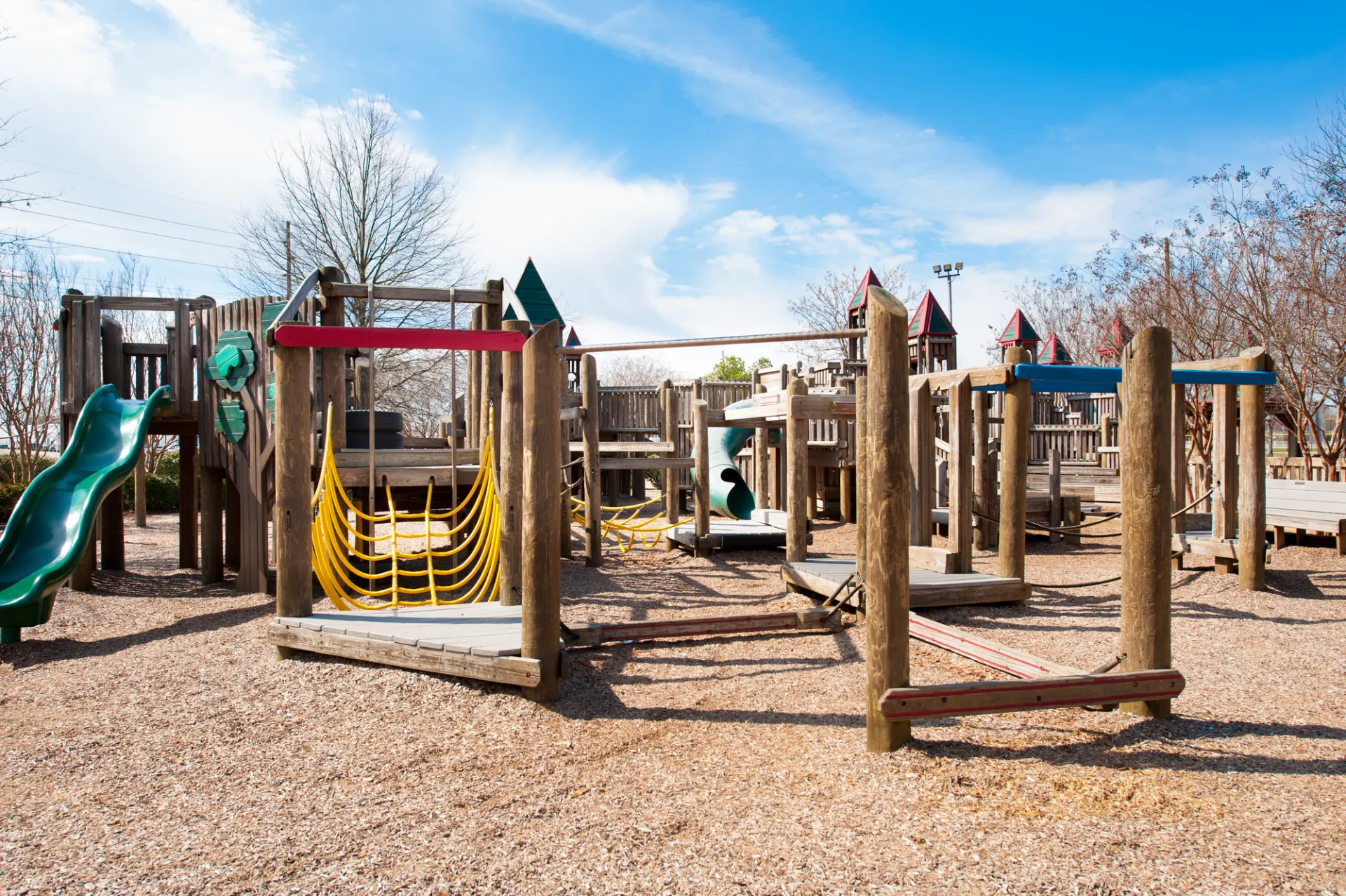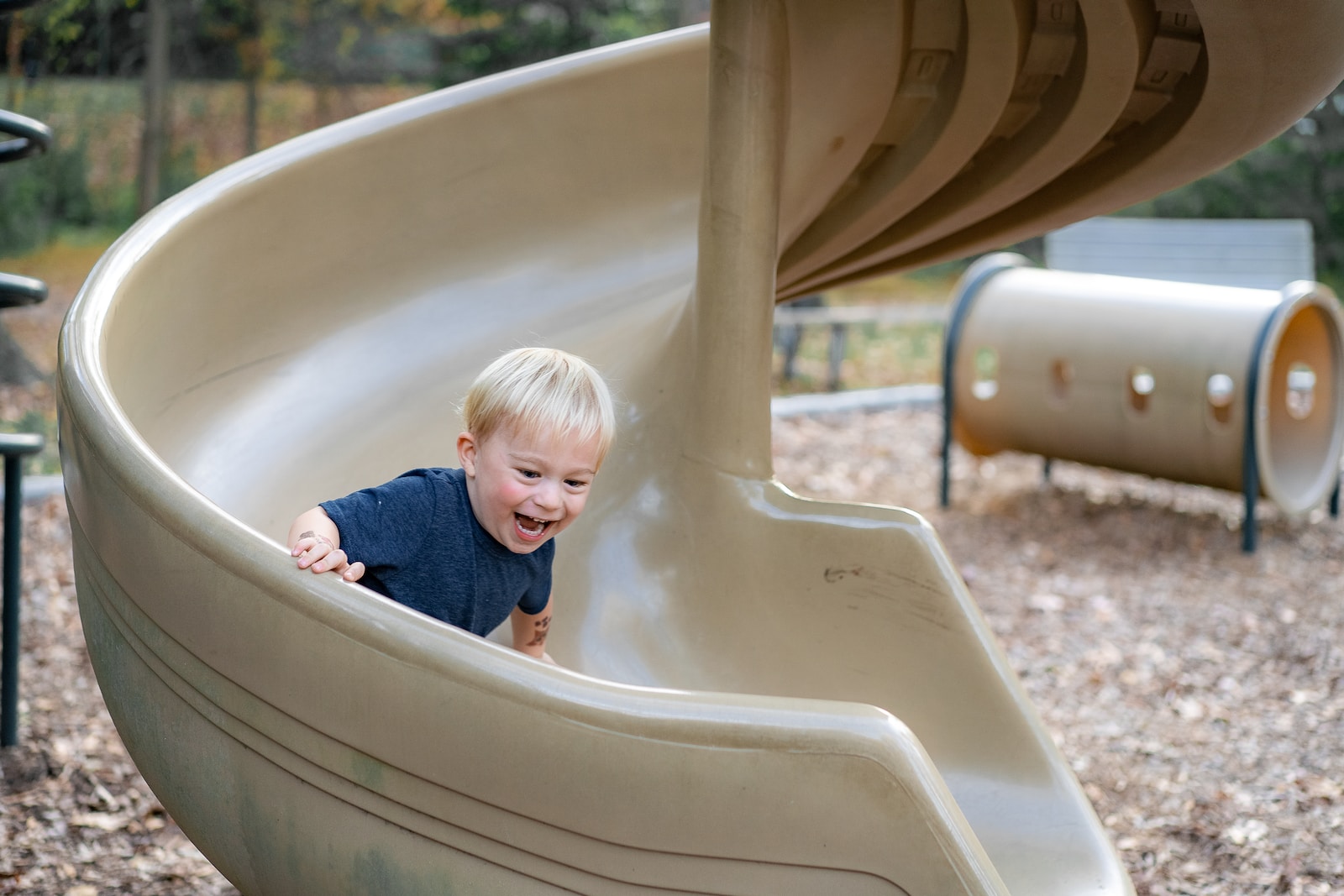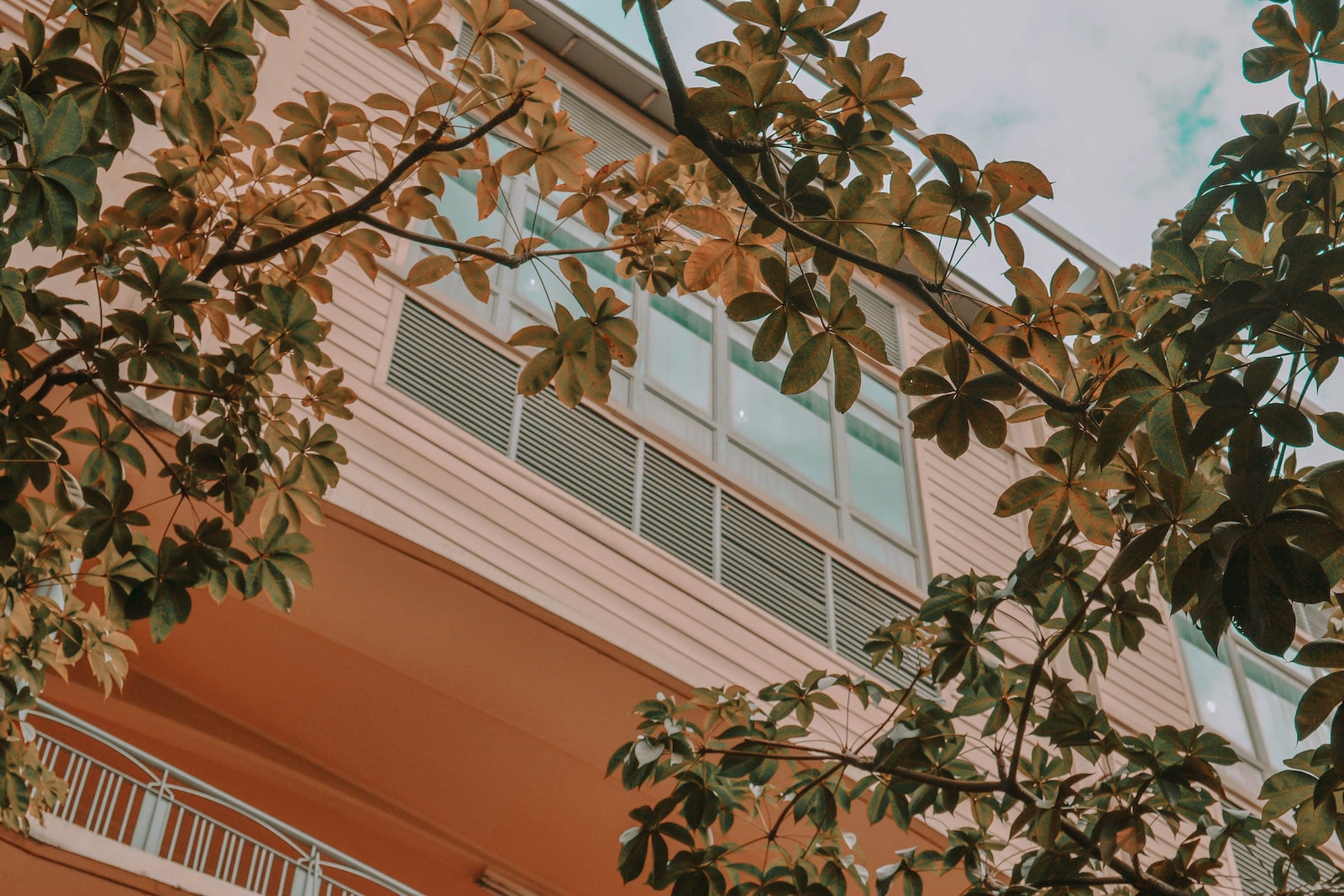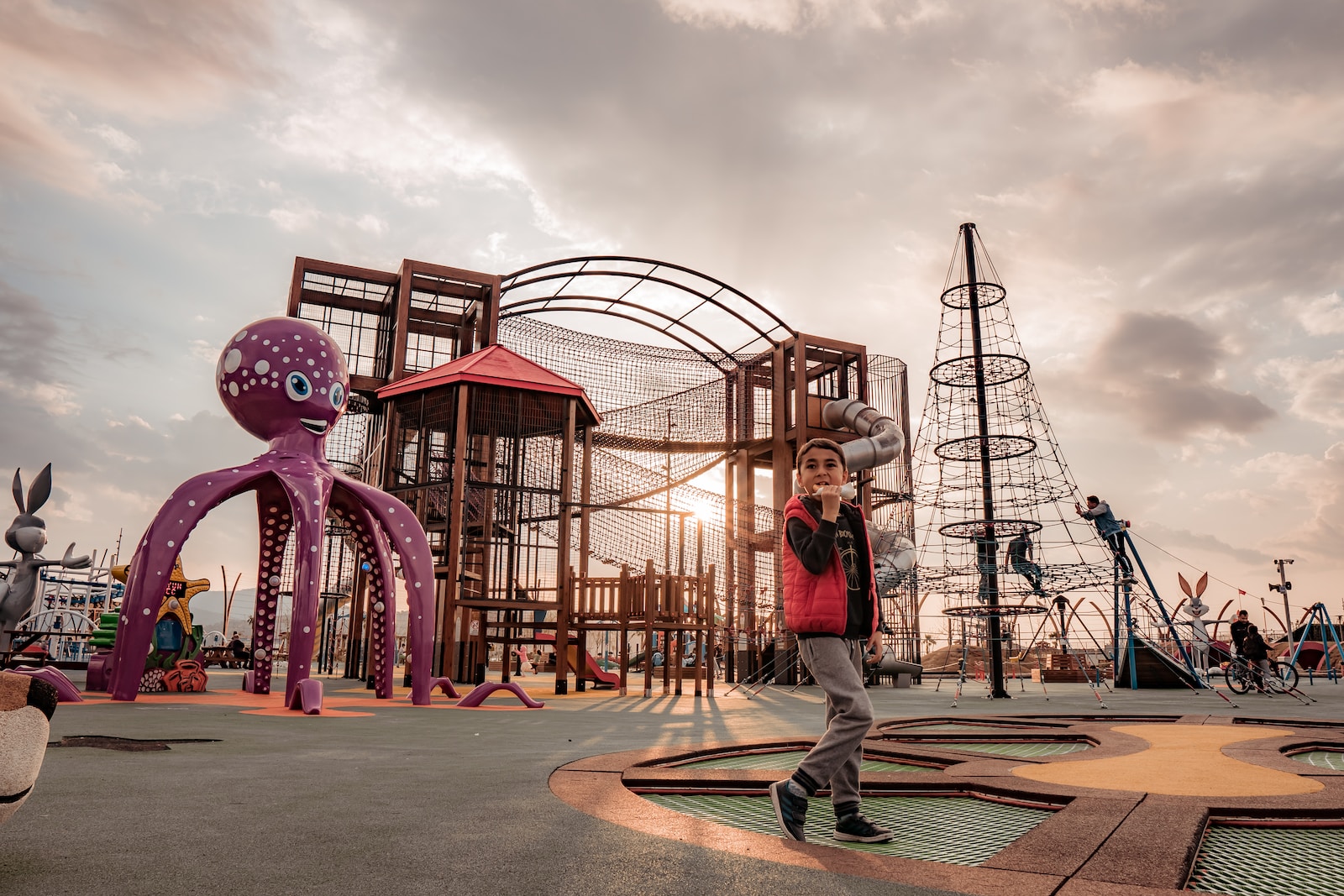Abstract
Background
The Physical Activity Guidelines for Americans states all children should be provided with various physical activity opportunities; however, school play spaces are often unaccommodating to students with disabilities and this limitation may be exacerbated in lower-income schools.
Objective
The purpose of the study was to compare elementary school play space accessibility among children with and without disabilities at lower- and higher-income schools.
Methods
This cross-sectional study utilized an online survey assessing the perceived accessibility of play spaces for students with and without disabilities in low- and high-income schools administered to 178 physical education teachers across Arizona. Chi-square analyses were conducted to assess reported play space adequacy among students with and without disabilities, and associations by school-level income.
Results
There was a significant association between disability status and reported playground and play field inadequacy (p < 0.05). Without considering school income, reported inadequacy was 3x greater for students with disabilities compared to those without for both playgrounds and play fields. Among low-income schools, reported inadequacy was 3x greater for playgrounds and 7x greater for play fields for students with disabilities compared to those without.
Conclusions
These results suggest a gap in access to school play spaces for students with disabilities and highlight the lack of inclusive play areas specifically among schools serving low-income populations. Our findings underscore the need for students with disabilities to be considered in the development of play spaces to ensure this at-risk population receives maximum opportunities for accessible movement and social engagement during the school day.
Journal: Disability and Health Journal
Year: 2024



